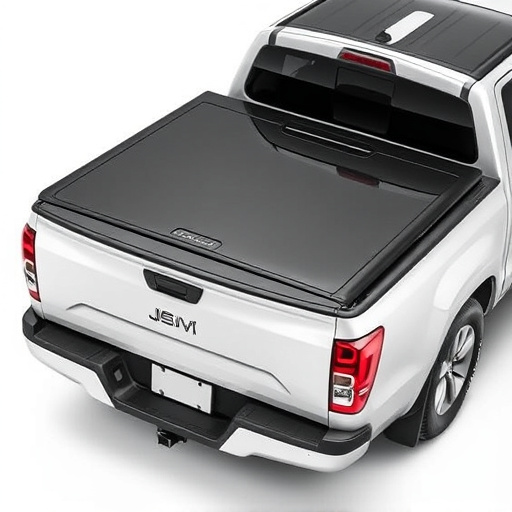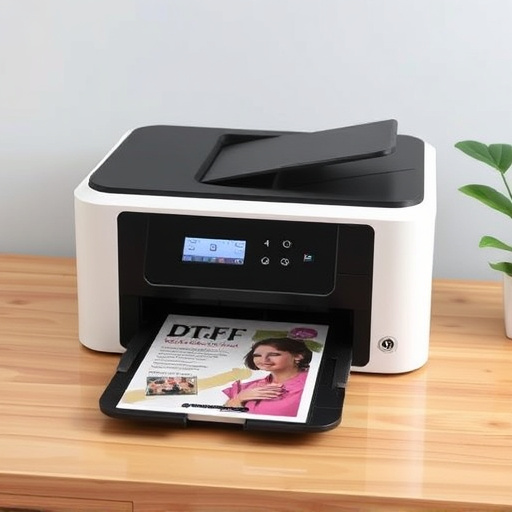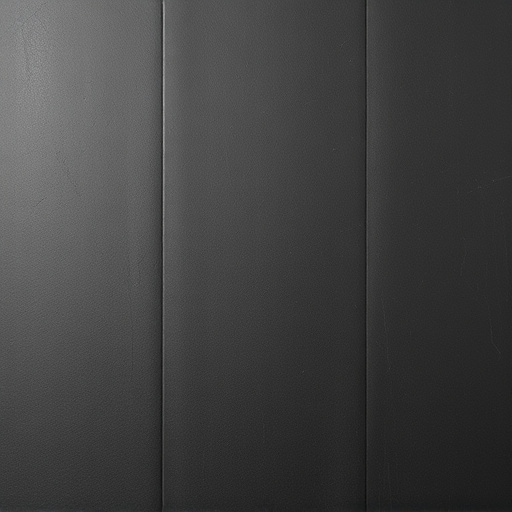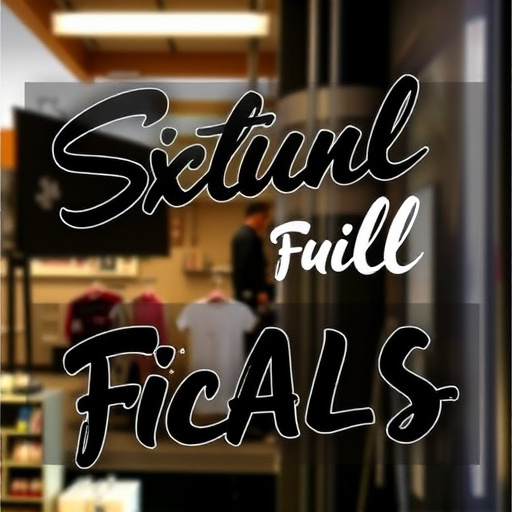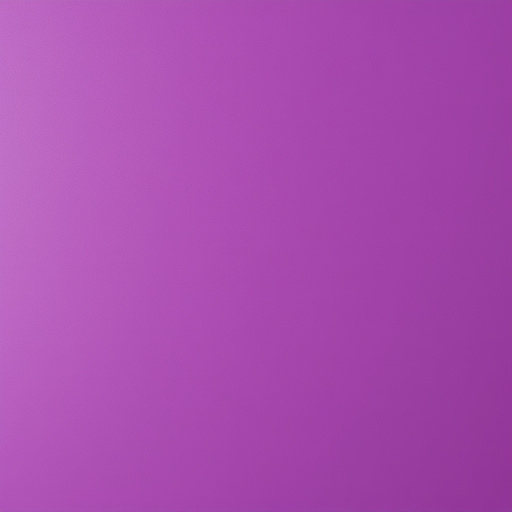Clearly define project scope and goals for graphic design services, including desired outcome (e.g., branding, website redesign, marketing collateral). Gather essential resources like past projects, brand guidelines, target audience profiles, specific requirements, references for materials. Prepare by outlining purpose, audience, brand identity, formats, size constraints, color schemes, fonts, existing assets; consider details like PPF installation or window tinting. This comprehensive approach ensures your vision aligns with final designs when commissioning graphic design services.
“Unleash the power of visual storytelling with a strategic brief for your next graphic design project. This guide navigates the essential steps to prepare an effective brief, ensuring top-notch graphic design services.
First, define clear project goals and scope, setting the foundation. Then, gather resources and references that inspire and inform. Next, outline specific design requirements and preferences to bring your vision to life. By following these steps, you’ll unlock a seamless process, resulting in exceptional graphic design outcomes.”
- Define Project Goals and Scope
- Gather Relevant Resources and References
- Outline Design Requirements and Preferences
Define Project Goals and Scope
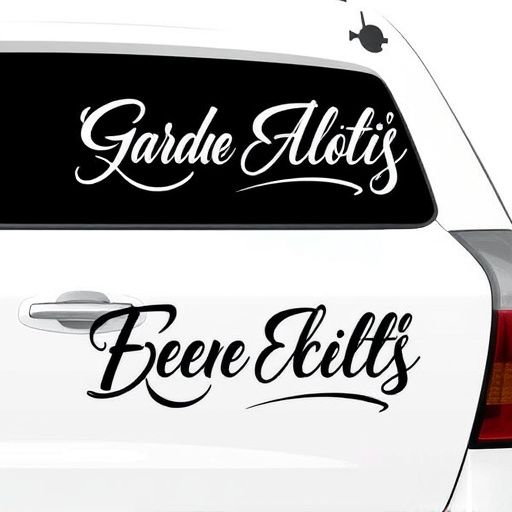
Before engaging graphic design services, it’s crucial to clearly define your project goals and scope. This involves understanding what you want to achieve with the design – whether it’s creating a new logo for your brand, redesigning your website for better user experience, or designing marketing materials like brochures and flyers. Each of these objectives requires a tailored approach, from conceptualization to final delivery.
For instance, if you’re seeking graphic design services for automotive branding, your scope might include developing a cohesive visual identity encompassing vehicle wraps (like vinyl wraps), window tinting (including ceramic window tinting) packages, and premium promotional materials. Defining these aspects upfront ensures the designer aligns their creative vision with your specific requirements, leading to more effective communication, faster turnaround times, and ultimately, exceptional results.
Gather Relevant Resources and References
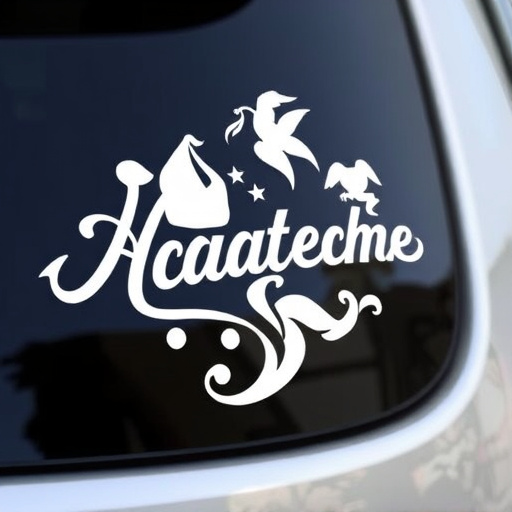
Before diving into crafting your brief for graphic design services, ensure you have gathered all relevant resources and references to guide the creative process. This includes past projects, brand guidelines, target audience profiles, and any specific requirements or preferences. Having a comprehensive collection of these elements allows designers to understand your vision and align their work with your expectations.
Additionally, consider including references for materials like paint protection film, ceramic coating, and high-quality finishes if applicable to your project. Providing these references can offer designers a clearer idea of the desired aesthetics and technical aspects, enabling them to create solutions that meet both visual appeal and protective needs.
Outline Design Requirements and Preferences
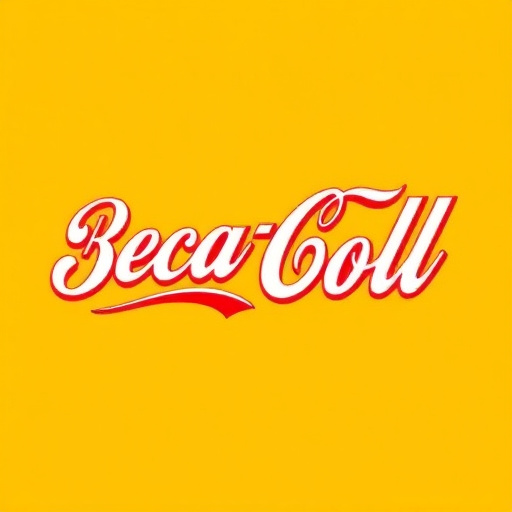
Before engaging graphic design services, it’s crucial to clearly outline your design requirements and preferences. This includes specifying the purpose of the project, your target audience, and any specific branding guidelines or stylistic preferences. Think about the message you want to convey and the visual elements that will best represent your brand or product.
When outlining these details, consider functional aspects as well, such as the format needed (website banner, brochure, logo, etc.), size requirements, color palettes, typographies, and any existing assets or materials that can be referenced. Even secondary considerations like professional PPF installation or ceramic window tinting for enhanced aesthetics or heat rejection in design mockups can influence the overall direction and feasibility of your project.
Preparing a comprehensive brief is key to securing exceptional results from graphic design services. By clearly defining project goals, gathering essential resources, and outlining specific design requirements, you empower designers to create visuals that align perfectly with your vision. This structured approach ensures a smooth collaboration process, leading to high-quality outcomes for any branding, marketing, or communication needs.



